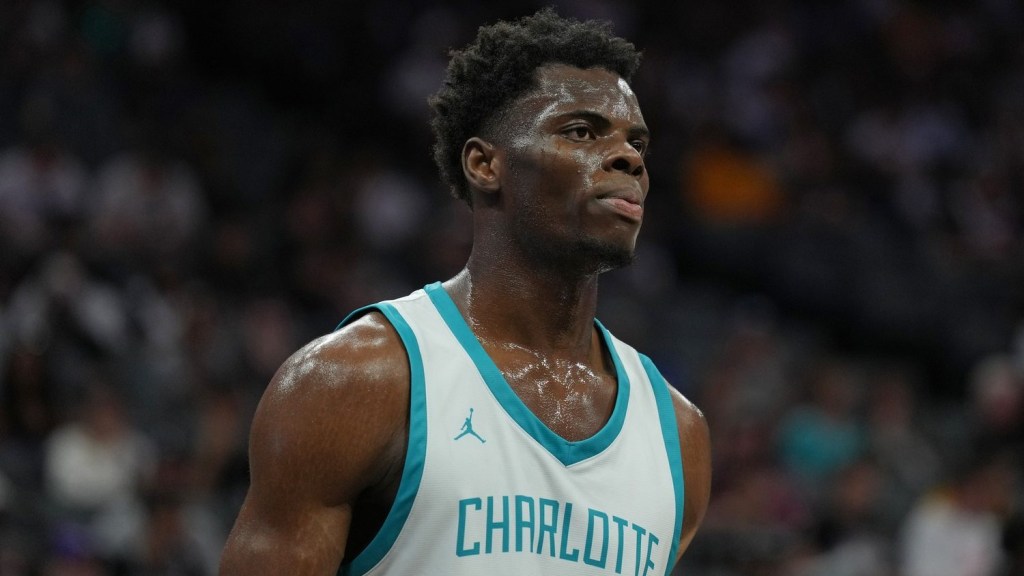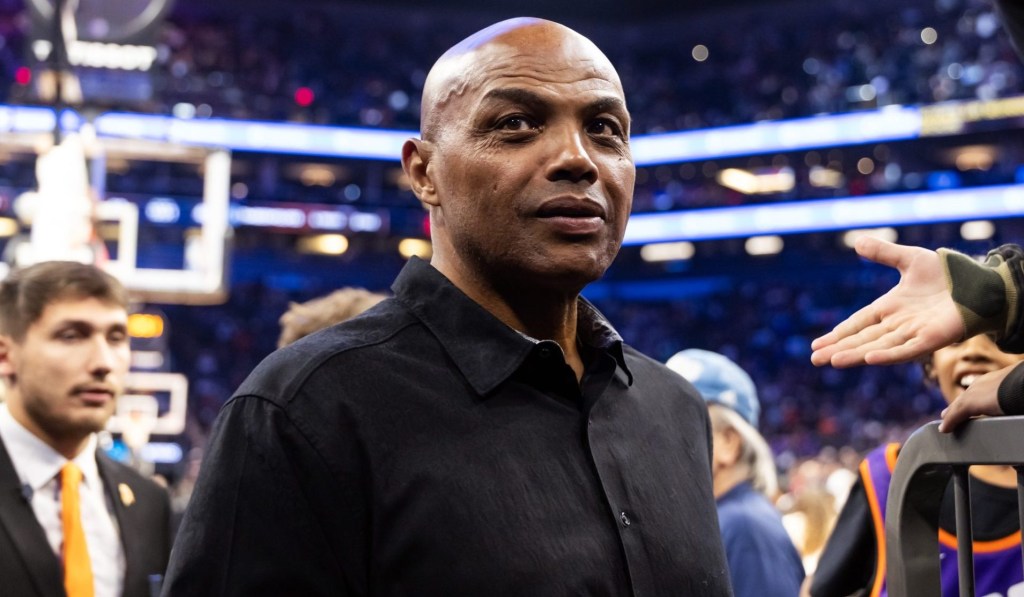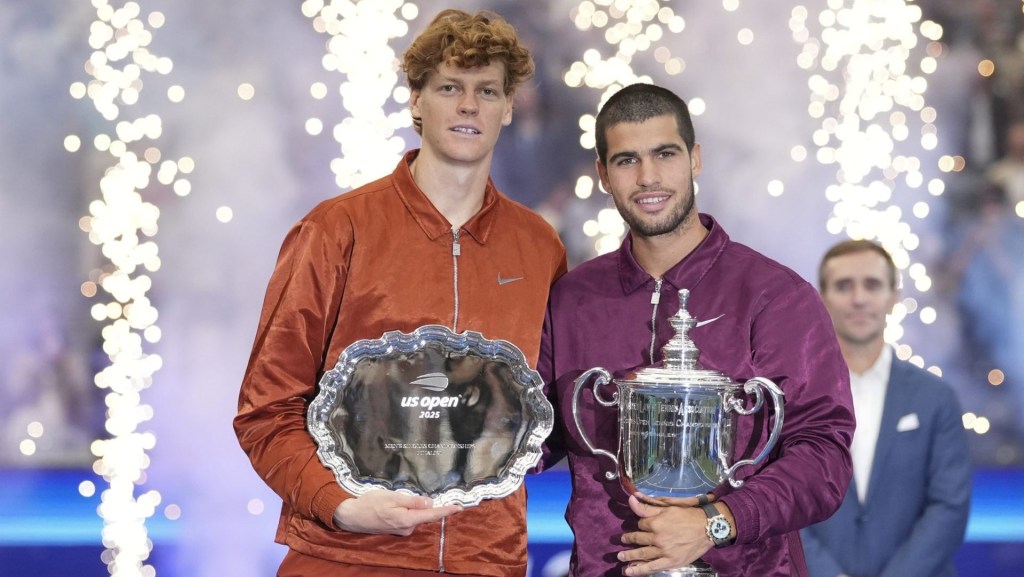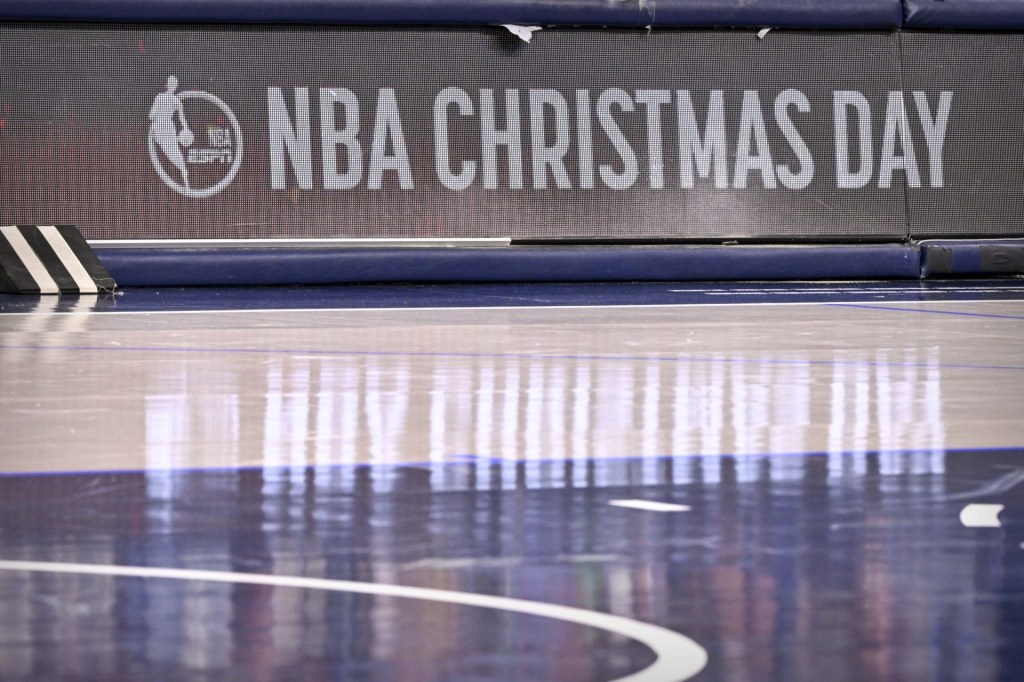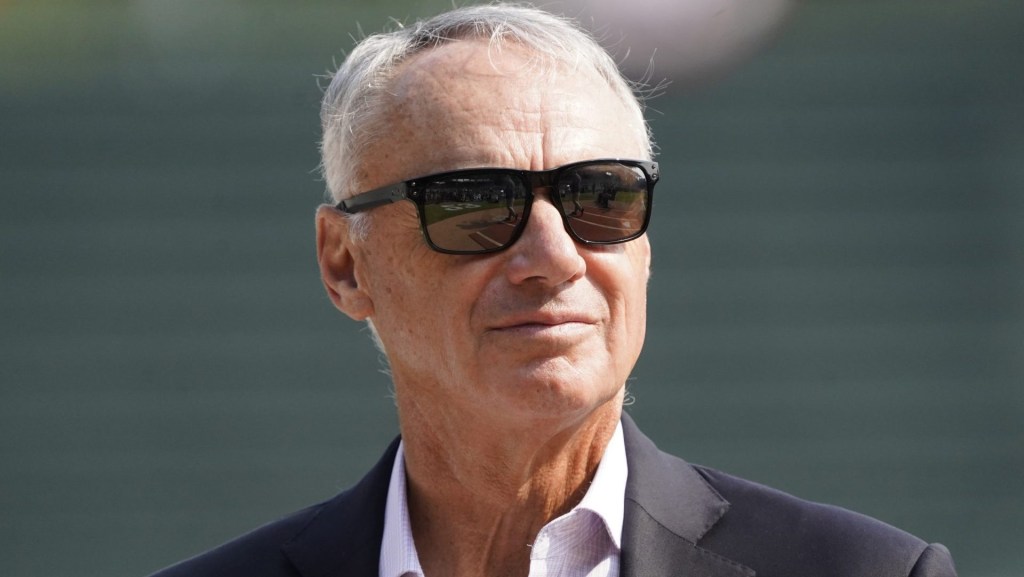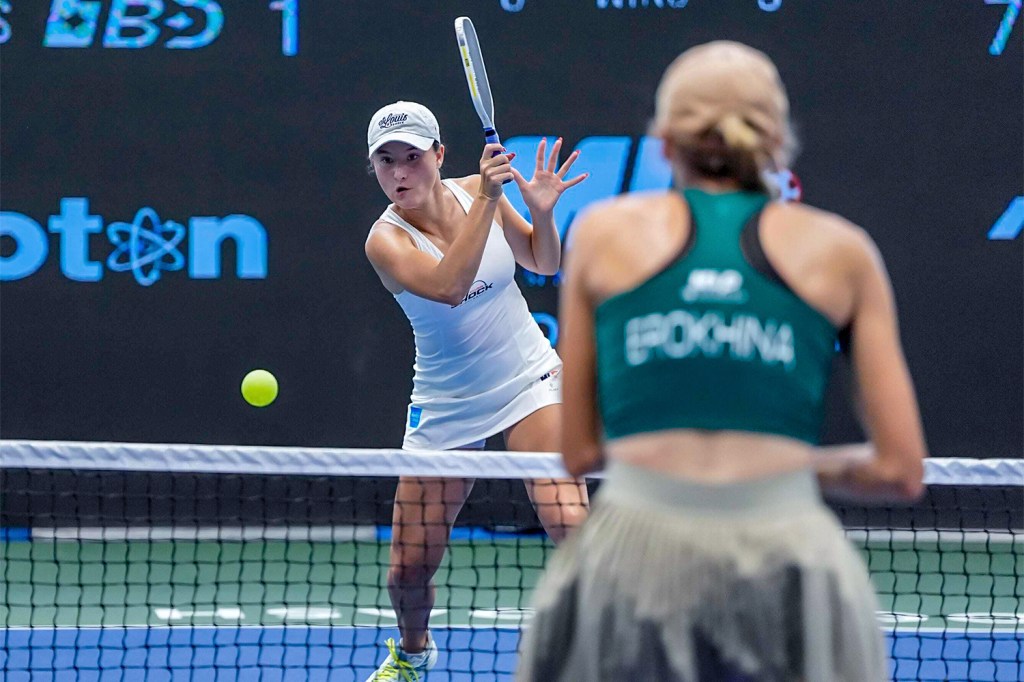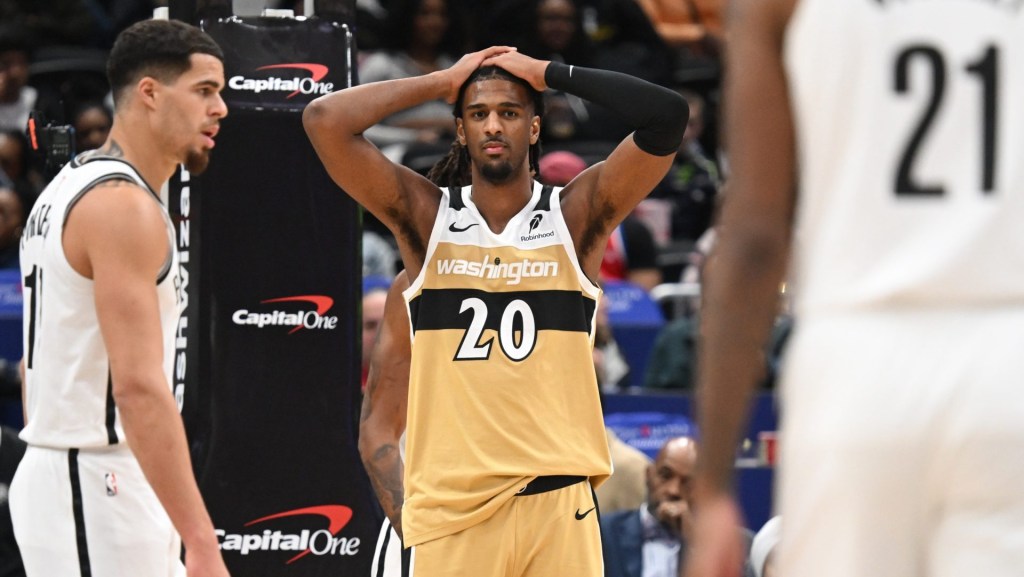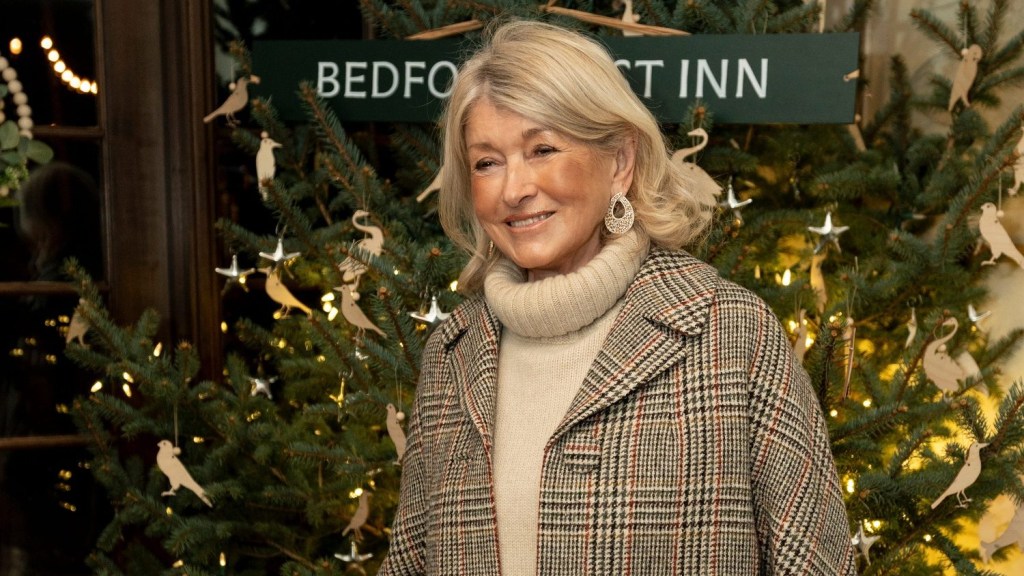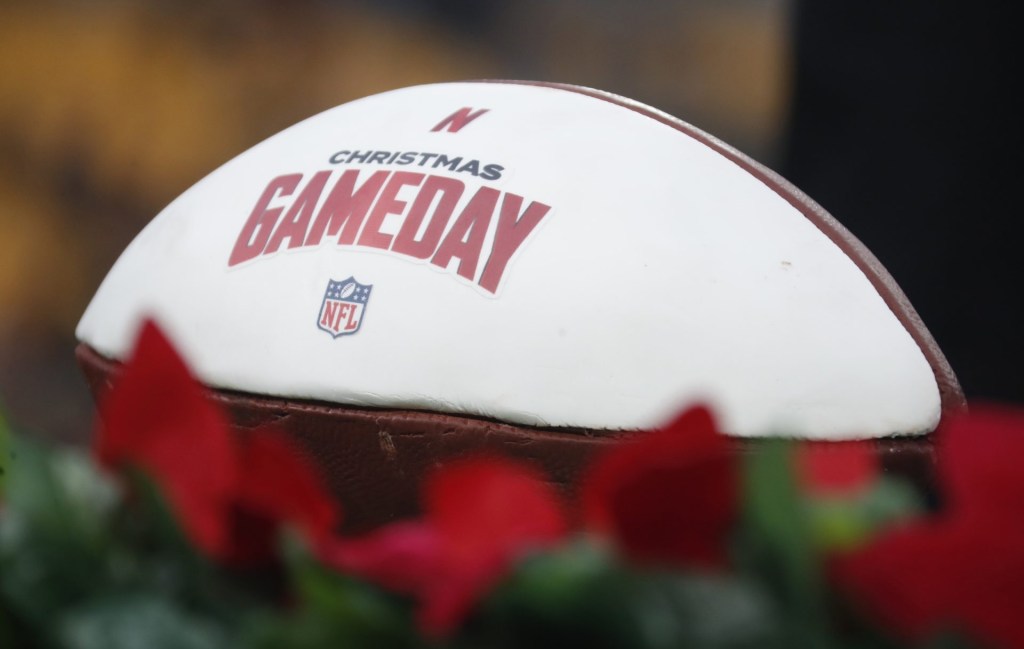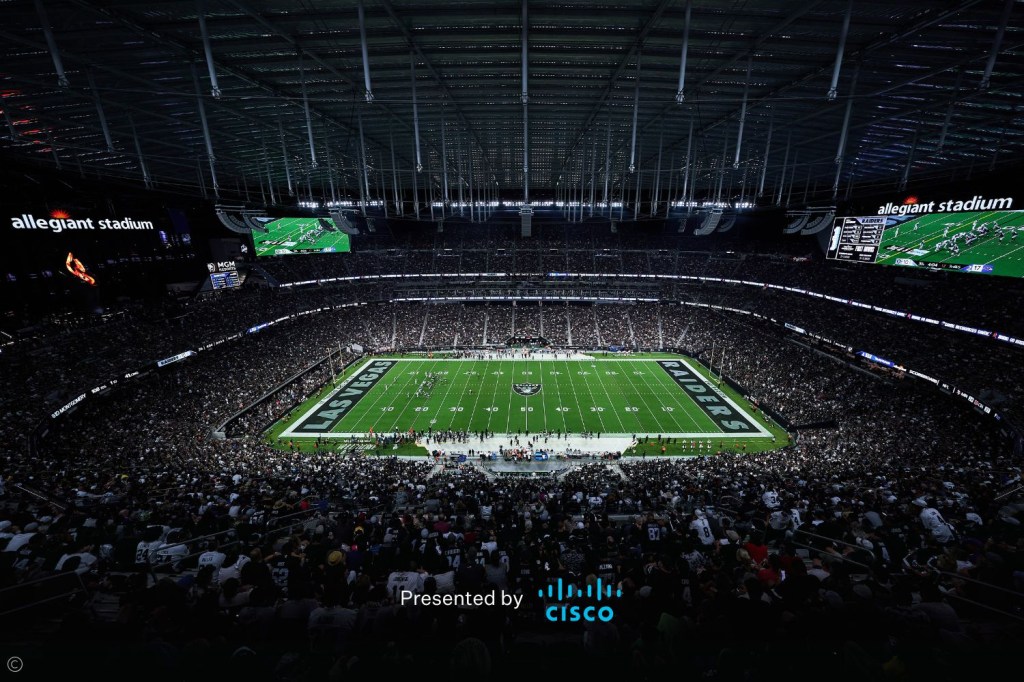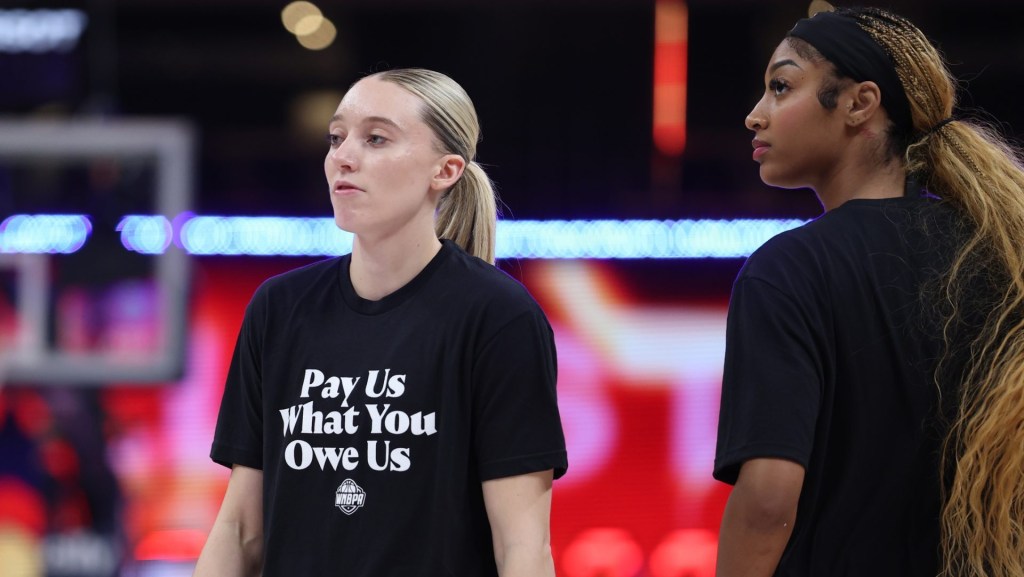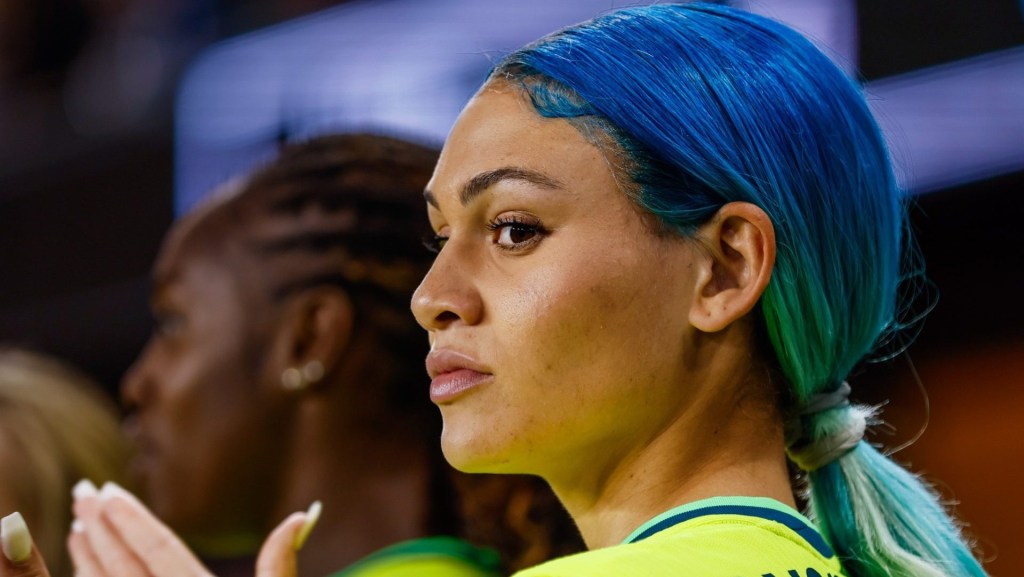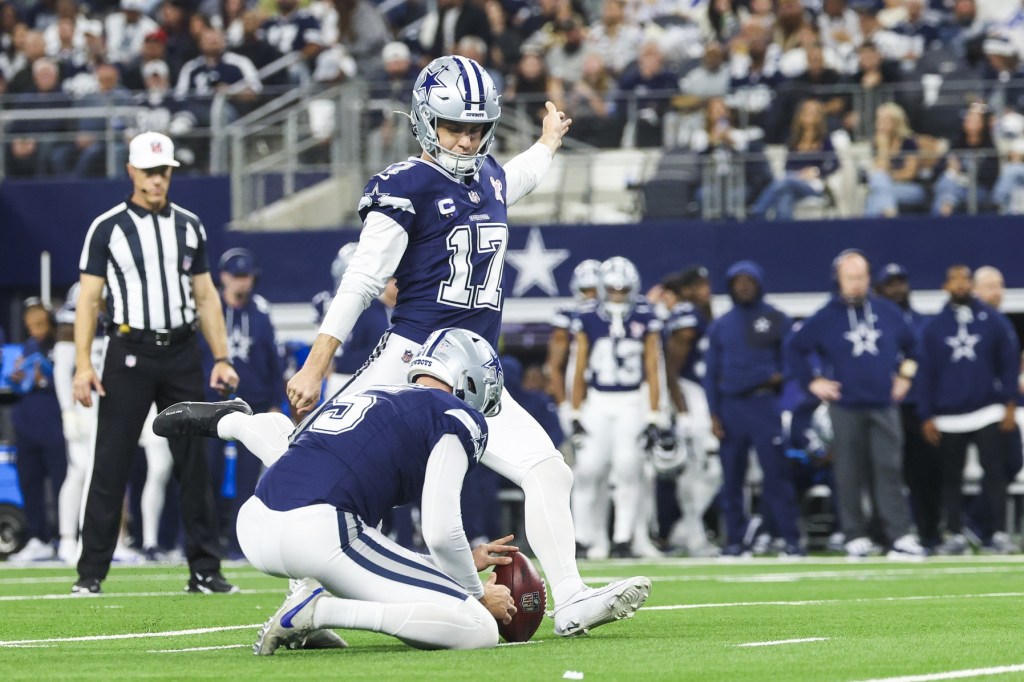CHICAGO — The WNBA and Women’s National Basketball Players Association have just over 60 days to ratify a new collective bargaining agreement, and it looks increasingly likely that the Oct. 31 deadline will come and go without a deal.
One source familiar with negotiations tells Front Office Sports that an extension of that deadline will likely be necessary to avoid an immediate work stoppage.
“The players are working diligently to achieve a transformational CBA that builds on the growth, momentum, and positive news surrounding women’s sports and the W,” WNBPA executive director Terri Carmichael Jackson said in a statement to FOS. “As we approach the 60-day mark, the league’s lack of urgency leaves players wondering if it is focused on making this work or just running out the clock. Fans do not want that. They are with the players in demanding a new standard for the W.”
The league responded with a statement later Monday.
“We have been clear with the WNBPA but so there is no doubt—our number one priority is to get a new collective bargaining agreement completed that addresses the players’ priorities while also supporting the long-term growth and success of the league and teams,” a spokesperson for the WNBA told FOS. “We have been meeting with the union throughout the summer and will continue to meet until this gets done, with additional sessions already scheduled through the rest of the season.”
If both sides fail to reach an agreement by the Oct. 31 deadline, there are multiple paths forward.
A brief extension of the last CBA—which would need to be agreed to by both parties—would prevent a work stoppage and allow the sides to continue negotiating. In 2019, the league and the union agreed to a 60-day extension announced in a joint statement three days before the deadline. Ultimately, negotiations were completed in January before free agency.
Unlike in 2019, the league is up against expansion with two new franchises—the Toronto Tempo and Portland Fire—set to begin play in 2026. In 2024, the league held an expansion draft for the Golden State Valkyries on Dec. 7, over a month before free agency was set to begin. The league has yet to produce rules or a date for the upcoming expansion draft. It will be impossible to do so without a CBA because both expansion and free agency are dictated by the agreement.
Another possibility is a work stoppage in the form of a lockout or strike.
The league has never lost games to a work stoppage. However, in 2003 the WNBA draft and preseason schedule was slightly delayed.
The union has repeatedly expressed its commitment to staying at the negotiating table for as long as is required to reach a “transformational” new CBA. The players’ priorities include an improved revenue sharing structure, improved benefits, roster expansion, and league-wide workplace standards.
Both sides held their first in-person meeting during WNBA All-Star weekend in Indianapolis. Many players, including union vice presidents Breanna Stewart and Napheesa Collier, characterized the meeting as a waste of time because of the gulf between both sides on the issue of revenue sharing. Ahead of the All-Star game, players warmed up in t-shirts that read: “Pay us what you owe us.”
In the NBA, players pocket approximately half of the league’s basketball related income; the salary cap rises with league revenue. The NBA cap rose a max 10% ahead of the 2025–26 season. In the WNBA, the salary cap is fixed at a 3% increase, a direct result of the timing of negotiations. The last CBA was ratified when the WNBA’s business model was far less stable.
The league has seen a significant influx of capital between its 11-year media rights deal valued at $2.2 billion and record breaking expansion fees. In June the WNBA announced it would expand to 18 teams by 2030, bringing in $250 million from each of the three expansion teams: Cleveland, Detroit, and Philadelphia.
Priority No. 1 for the players is getting a percentage of the league’s revenue that grows with the business.
This story has been updated with comment from the WNBA.

